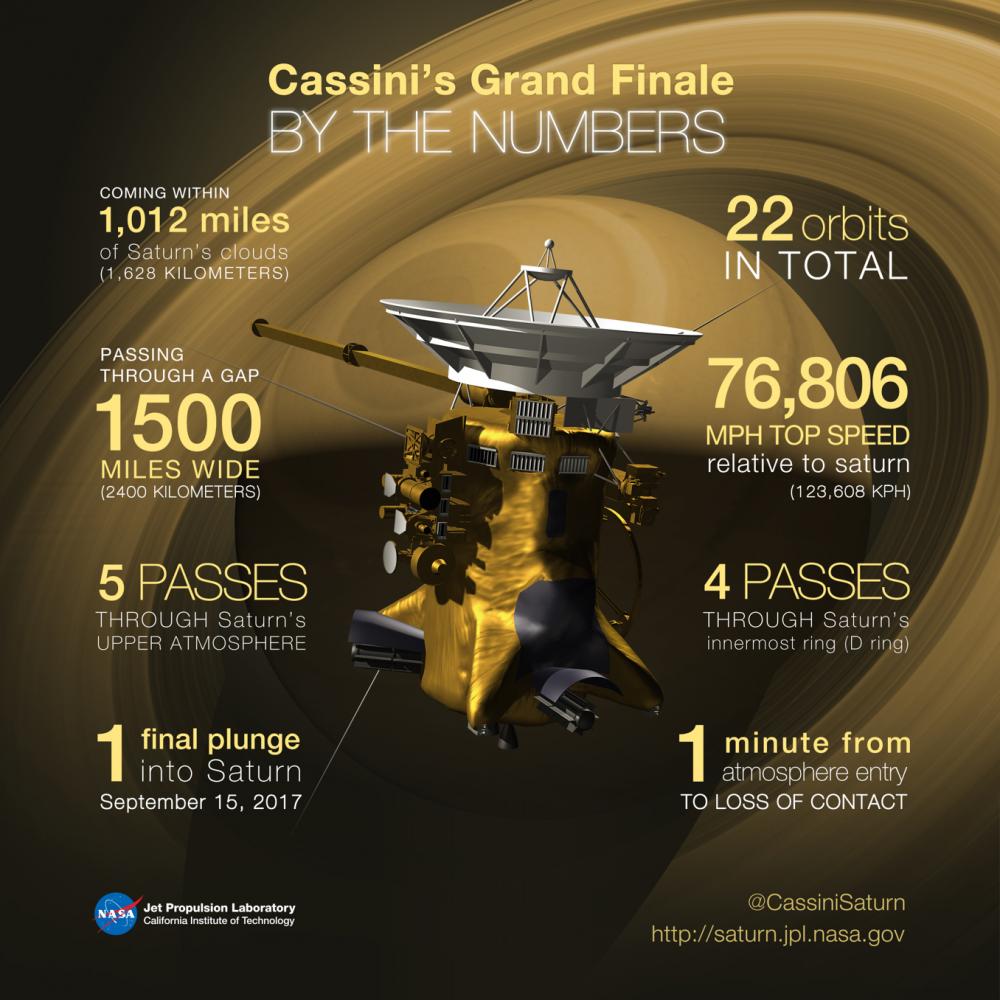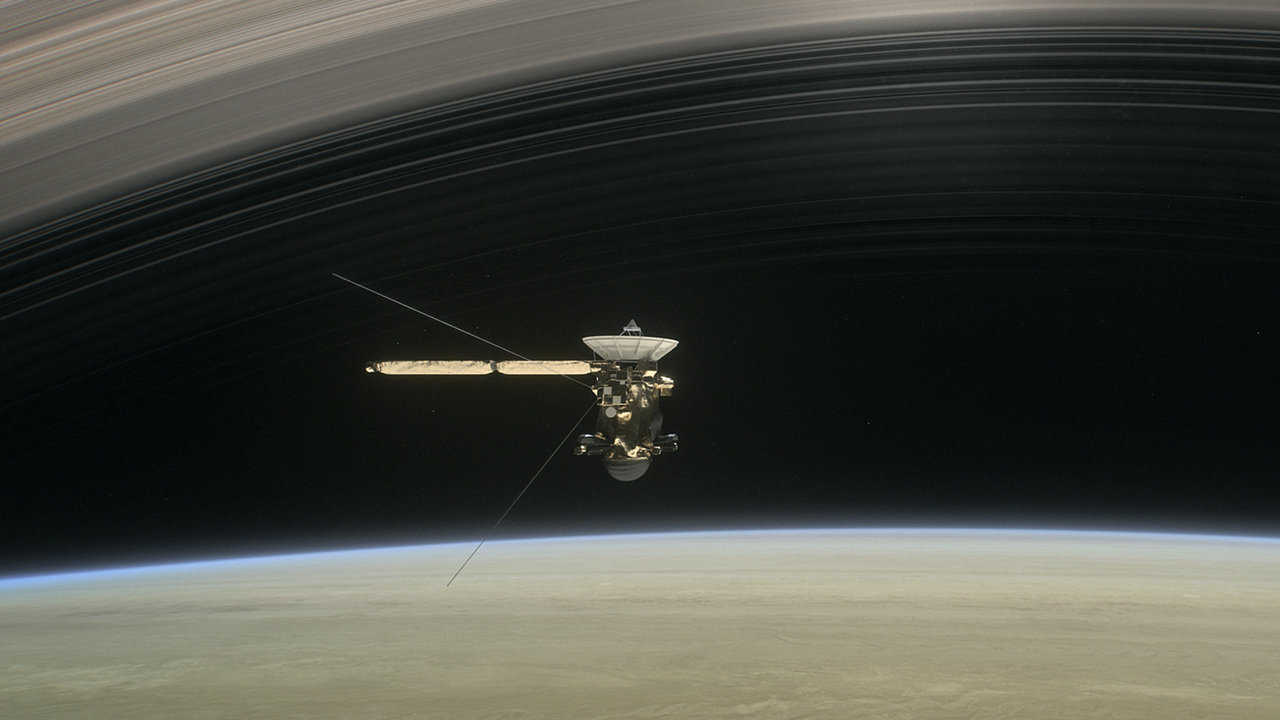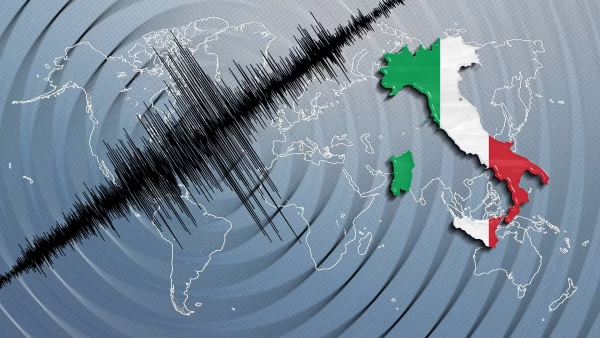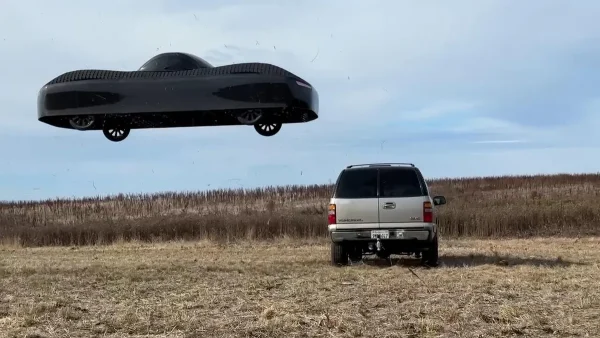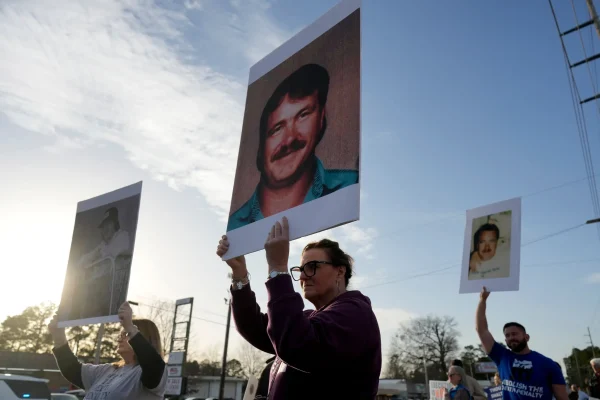The End of Cassini
You probably have read about the Cassini spacecraft at least once. You might have read an article about its discoveries or maybe an article summarizing all the discoveries made by Cassini until that point. The whole Cassini mission lasted for thirteen years but went out with a bang (literally) at 7:30 AM on September 15th when NASA intentionally destroyed it by having it crash into Saturn.
“It’s a bittersweet, but fond, farewell to a mission that leaves behind an incredible wealth of discoveries that have changed our view of Saturn and our solar system, and will continue to shape future missions and research,” said Michael Watkins, director of NASA’s Jet Propulsion Laboratory, where Cassini was managed.
During it’s lifetime, Cassini was able to discover water jets coming out from one of Saturn’s many moons, Enceladus, and lakes of natural gas and clouds of methane on another moon, Titan.
Upon the crash, Cassini was not cut off. It kept broadcasting information to Earth about Saturn’s atmosphere until the very last second, which was 30 seconds after the time scientists thought Cassini would lose its signal.
But why just destroy a multi-billion dollar spacecraft? One of the main factors was that NASA didn’t want to contaminate two of Saturn’s moons: Enceladus and Titan. They were worried because these two moons could possibly harbor life, and contaminating those planets could harm the moon and potentially kill off all life there. The second reason was that the probe–running low on fuel–would end up becoming another piece of space junk and a potential hazard to future probes.
Cassini’s last mission, dubbed “A kiss goodbye” by Earl Maize, the project manager of the Cassini mission, was a flyby of Titan that took the probe straight into Saturn.
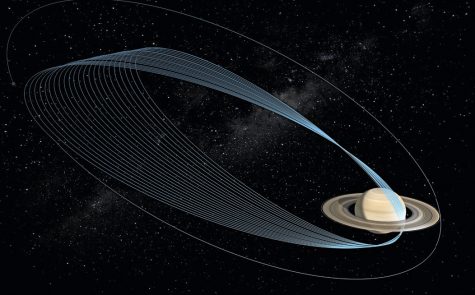
The first of Cassini’s final actions was to right itself so its radio dish would face Earth. It then served as an atmospheric probe, transmitting data to Earth. But as it entered the atmosphere, wind began to catch on the probe’s many aerodynamic features, since the probe was never made to enter an atmosphere. The wind catching on these features caused the probe to spin. The spin was minimized by small thrusters on the side, which also were not designed for planetary entry. Soon, though, the thrusters ran out of fuel, which meant that the probe started to spin out of control. Eventually the radio dish faced away from Earth, and NASA lost contact with Cassini.
Brett Pugh, a thermal engineer at the NASA Jet Propulsion Laborator, explains, “The outer surface materials might start to char at first; then you’d see some breaking apart; then when you get down to the metal, once it gets hot enough, it will glow. There’s no oxygen on Saturn, so there’s no fire. But the propellant tanks will explode eventually as the temperatures get high enough.” According to NASA spokesperson Preston Dyches, “We’re going out in a blaze of glory.”
In the control room, the moment Cassini was lost was both a moment of triumph and a moment of sentiment. It was seen as a step forward in man’s exploration of space, like we have moved on to even bigger things, and a loss to some people who had been working with Cassini for years–the same sensation one would get after losing a pet.
The next big space probe will be the Europa Clipper, which will launch, if at all, in the mid 2020’s. So, the death of the Cassini probe will actually mark the beginning of a period of general inactivity in planetary exploration–a lull of three or more years.
After thirteen years of groundbreaking discoveries, the Cassini spacecraft was destroyed, but the data it collected will always remain as a reminder of how much progress man has made.
